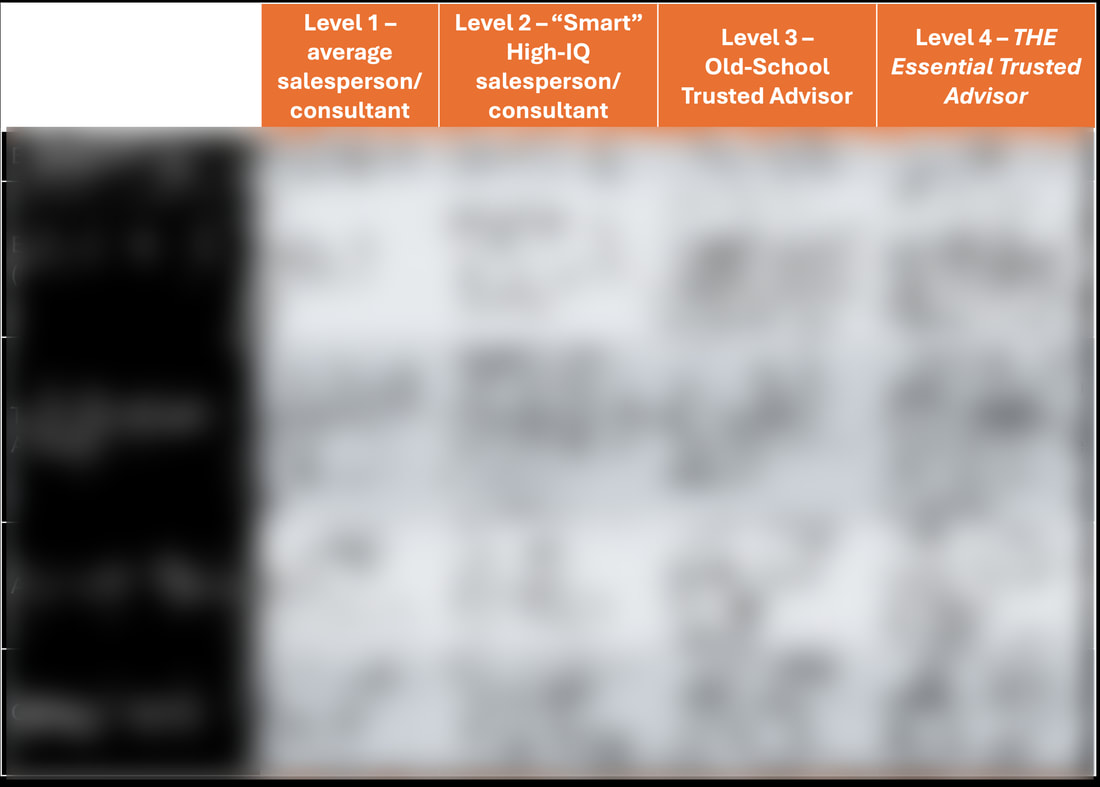|
Scientists have quite recently discovered that a blue dot deep in our brain actually acts as a master switch for our brain with three settings. This blue dot is called the locus coeruleus, and the best way to think about it is as a tiny little gearbox with 3 gears. Gear 1, the slowest mode, is where your mind is just wandering aimlessly and we tend to day-dream (scientists call this the default more network). The good thing about this gear is it can unlock our creativity and help us see connections we might otherwise miss. Gear 2, the intermediate speed mode is actually the sweet spot that we want to be in when you need to get stuff done, especially when you’re doing important work. In this gear, you are able to focus effectively on the task at hand and get things done. We can call this execution mode. Gear 3, the fastest speed mode, is where everything in terms of information processing is happening much faster. But this isn’t necessarily a good thing because there is a speed vs accuracy trade-off. The thinking part of your brain isn’t fully online at this point and you’re likely to make mistakes. If your brain spends too much time in gear 3, you’re basically in a more stressed and reactive mode and are just responding to things instead of being able to step back, analyze the situation and come up with creative solutions. So, ideally you want to start off your day in gear 1 – a good way to activate this state is to NOT look at your phone first thing in the morning but to get outside within about half an hour of waking and get some health sunlight into our eyes which stimulates creativity. Then within about 2 or 3 hours you want to get into gear 2, and brighter lights help with this in making you more alert so you can be more focused and get into GSD (Get S@#! Done) mode. You want to avoid getting into gear 3 as much as possible because that will activate the stress system of your body and can ultimately lead to burnout. Here are 3 things you can do to keep your brain in the goldilocks zone:
So, what gear do you think your brain is in right now? ~~~~ Side-note: This kind of stuff has always fascinated me so I'm working on a NEW project to help people improve their mental performance by unlocking the mysteries of how our brains work, and how to keep our brains healthy and effective so we can keep performing at high levels for as long as possible. If you're interested in learning more, you can check out the details here: https://lnkd.in/gNUJKGpB You will often hear people in the professional service space, including lawyers, accountants and consultants of all stripes, as well as people in sales talking about becoming the Trusted Advisor to their clients. But if you ask them what that means, most people will have trouble describing what it is, let alone explain how to become the Trusted Advisor. At it's core, there are two critical ingredients needed to create a Trusted Advisor. Ingredient 1 is Trust and ingredient 2 is Advice. That means that you need to have others feel like they trust you AND to believe that you have something to say that's worth paying attention to (this is the ADVICE piece). Simple? Yes. Easy? No. So, how do you inspire trust? Well, according to Charles Green, author of The Trusted Advisor, here is the best way to think about it: Trustworthiness = (Credibility + Reliability + Intimacy)/Self-orientation Credibility is tied to the level of authority with which you speak about a particular subject. Reliability is directly related to how dependable you are perceived to be. Intimacy has to do with how safe and secure others feel when they entrust us with something that could be used to cause them or others harm. It's essentially how comfortable they are in sharing information with you that makes them vulnerable in some way. Self-orientation is related to how much they perceive you to be focused on your own needs and interests versus theirs. Of course, with this equation it is easy to see we need to dial up others' perception of our credibility, reliability and intimacy while dialing down our self-orientation. If you can do that successfully then you are effectively raising the level of trust they have in you. Ok, so what about the Advice piece? This requires two things:
With a solid understanding these essential building blocks in place, you will have the foundation of what is needed to become a trusted advisor. The next step is to build on top of this foundation to become a Level 4 consultant/seller, The Essential Trusted Advisor. This is the level at which you are a sought-after guru in your space and people are willing to pay 10x or more what they would pay others just to get access to you. I'll be sharing more about the different levels and what it takes to get to Level 4 in my next newsletter issue coming out later this week. Here's a sneak peak: To make sure you don't miss out, join here to get it delivered right to your inbox as soon as it comes out: https://hfactor-newsletter.beehiiv.com/ |
Archives
November 2024
CategoriesClick to set custom HTML
|



 RSS Feed
RSS Feed